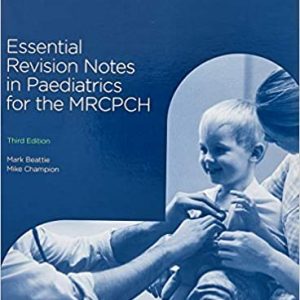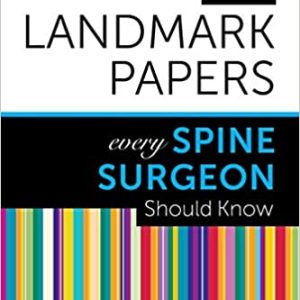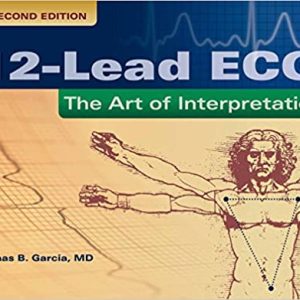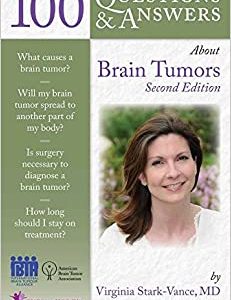Description
**Essentials of Medical Pharmacology** is a well-known textbook by **K.D. Tripathi**, widely used by medical students and professionals as a reference for understanding pharmacology. The book covers key concepts in pharmacology, from basic principles to clinical applications, and provides essential knowledge for the safe and effective use of medications. Here are some of the core topics typically addressed in the book:
### Key Concepts Covered in Essentials of Medical Pharmacology
1. **Basic Principles of Pharmacology**
– **Pharmacokinetics:** The study of the absorption, distribution, metabolism, and excretion (ADME) of drugs.
– **Pharmacodynamics:** How drugs exert their effects on the body, including the mechanism of action, receptor interaction, dose-response relationships, and therapeutic index.
– **Drug Metabolism:** The biotransformation of drugs in the liver, including the roles of enzymes (e.g., cytochrome P450) in drug metabolism.
– **Pharmacogenetics:** The role of genetic factors in drug response and variations among individuals in drug metabolism.
– **Toxicology:** The study of harmful effects of drugs, including dose-related toxicity, side effects, and overdose management.
2. **Autonomic Nervous System and Its Pharmacology**
– **Cholinergic Drugs:** Mechanisms of action of muscarinic and nicotinic agonists and antagonists.
– **Adrenergic Drugs:** The role of sympathetic neurotransmitters like norepinephrine, the effects of adrenergic agonists and antagonists.
– **Autonomic Drugs in Clinical Medicine:** Use of drugs affecting the autonomic nervous system in treating conditions like hypertension, asthma, and heart failure.
3. **Drugs Affecting the Cardiovascular System**
– **Antihypertensive Drugs:** ACE inhibitors, angiotensin receptor blockers (ARBs), diuretics, calcium channel blockers, beta-blockers.
– **Antiarrhythmic Drugs:** Mechanisms and classifications (Class I to IV antiarrhythmic drugs).
– **Drugs in Heart Failure:** Inotropes, vasodilators, and other drugs used in the management of heart failure.
– **Antithrombotic Drugs:** Antiplatelet agents, anticoagulants (e.g., warfarin, heparin, direct oral anticoagulants), and fibrinolytics.
4. **Drugs Affecting the Central Nervous System**
– **Analgesics:** Opioids, nonsteroidal anti-inflammatory drugs (NSAIDs), and their mechanisms of action.
– **Anxiolytics and Sedatives:** Benzodiazepines, barbiturates, and other drugs used to manage anxiety and sleep disorders.
– **Antidepressants:** Selective serotonin reuptake inhibitors (SSRIs), tricyclic antidepressants (TCAs), and other antidepressant classes.
– **Antipsychotics:** Typical and atypical antipsychotics used in the management of conditions like schizophrenia.
– **Antiepileptic Drugs:** Drugs used to manage epilepsy and seizure disorders.
5. **Drugs Used in Endocrine and Metabolic Disorders**
– **Insulin and Oral Hypoglycemic Agents:** Pharmacology of drugs used in diabetes management, including insulins, sulfonylureas, and newer agents like GLP-1 receptor agonists.
– **Thyroid Drugs:** Thyroid hormones and drugs used in hypo- and hyperthyroidism.
– **Corticosteroids:** Use of glucocorticoids in inflammation and immune modulation.
– **Estrogens and Progestins:** Hormonal therapies for contraception, menopause, and hormone replacement.
6. **Chemotherapeutic Agents**
– **Antibiotics:** Pharmacology of antibiotics, including penicillins, cephalosporins, macrolides, and newer agents, and their mechanism of action against bacterial infections.
– **Antiviral Drugs:** Antiviral agents targeting HIV, hepatitis, influenza, and other viral infections.
– **Antifungal Drugs:** Drugs like azoles, polyenes, and echinocandins.
– **Anticancer Drugs:** Chemotherapy agents, targeting mechanisms, and side effects management in cancer therapy.
7. **Drugs Used in Gastrointestinal Disorders**
– **Antacids and Proton Pump Inhibitors (PPIs):** Mechanisms and clinical uses in treating peptic ulcers and acid reflux.
– **Antiemetics:** Drugs used to prevent nausea and vomiting.
– **Laxatives:** Types of laxatives and their clinical use in constipation.
8. **Drugs in the Treatment of Infectious Diseases**
– **Antimicrobial Therapy:** Mechanisms of action and appropriate use of drugs for bacterial, fungal, viral, and parasitic infections.
– **Antibiotic Resistance:** Mechanisms of resistance, strategies for combating resistance, and guidelines for rational use of antibiotics.
9. **Pharmacology of Other Systems**
– **Renal Pharmacology:** Diuretics, drugs affecting renal function, and their use in conditions like chronic kidney disease (CKD).
– **Hematology:** Drugs used in the treatment of blood disorders such as anemia, bleeding disorders, and blood cancers.
– **Respiratory Pharmacology:** Drugs for the management of asthma, chronic obstructive pulmonary disease (COPD), and other pulmonary conditions.
10. **Clinical Pharmacology and Therapeutics**
– **Pharmacovigilance:** The process of monitoring the effects of drugs after they are approved for use, including the detection of adverse drug reactions (ADRs).
– **Drug Interactions:** How different drugs interact in the body, either enhancing or inhibiting the effects of each other.
– **Rational Drug Therapy:** Guidelines and principles for selecting the most appropriate drug therapy for various conditions.
### Special Features of the Book:
– **Simplified Explanation:** The book is known for its clear and simple explanations of complex concepts, making it a great resource for medical students.
– **Clinical Relevance:** It emphasizes the clinical application of pharmacology, which helps in understanding how pharmacological principles are applied in real-life medical practice.
– **Illustrations and Tables:** It includes tables, charts, and illustrations that help in visualizing and understanding the mechanisms of drug action, drug interactions, and therapeutic uses.
– **Updated Information:** The book is regularly updated to reflect the latest advancements in pharmacology and therapeutics.





Reviews
There are no reviews yet.